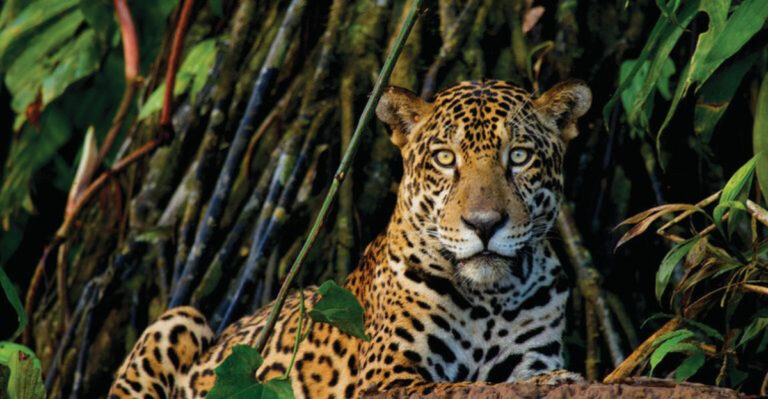7 Wild Cats That Thrive In Swamps & 7 That Enjoy Life By The River
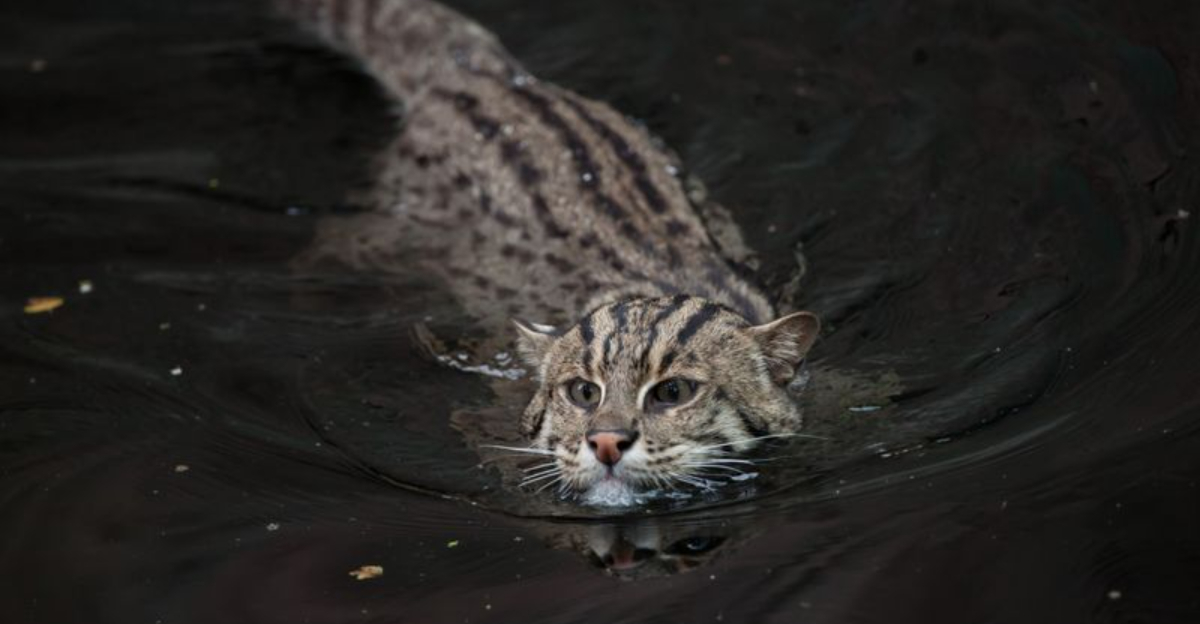
From murky marshlands to flowing waterways, wild cats have adapted to life near water in surprising ways.
While some felines prefer the dense vegetation and still waters of swamps, others have mastered hunting along riverbanks.
These magnificent predators have developed unique skills that help them thrive in these wet environments, showing just how adaptable nature’s perfect hunters can be.
1. Swamp Shadows: Florida Panthers
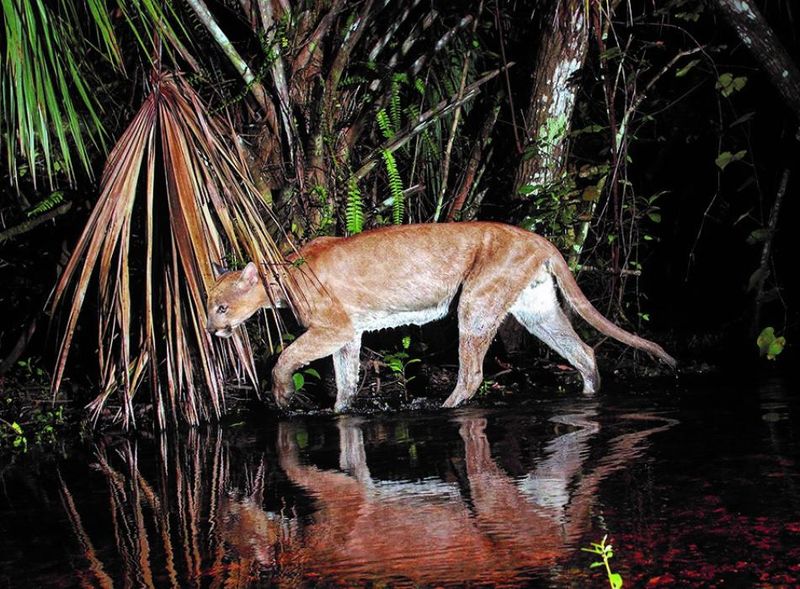
Ghostlike and elusive, these endangered big cats navigate the Everglades with impressive stealth. Their wide paws act like natural snowshoes, distributing weight perfectly across soggy terrain.
Florida panthers have adapted to hunt in water-logged environments, often targeting deer and wild hogs that come to drink. With fewer than 230 remaining in the wild, each sighting is truly special.
2. Masters Of Murky Waters: Fishing Cats
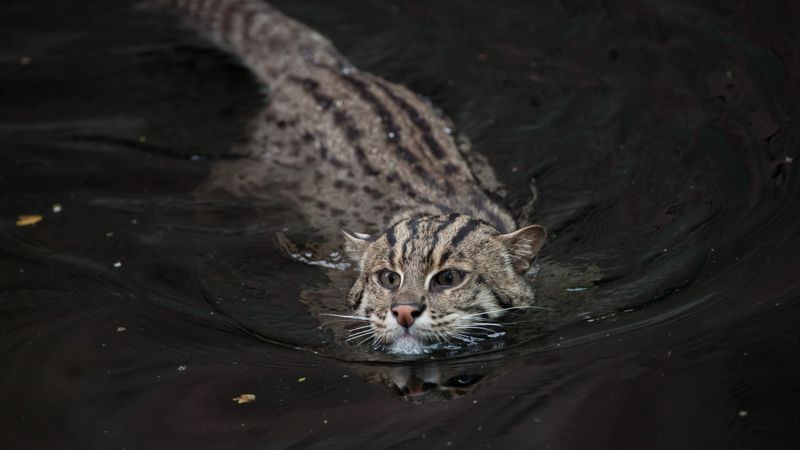
Unlike most felines who avoid water, these specialized hunters actually dive right in! Fishing cats have partially webbed paws and dense, waterproof fur that keeps them dry during underwater pursuits.
Their short tails act as rudders while swimming, and they’ve been observed scooping fish from the water with remarkable precision. Native to South Asian swamps, they’re sadly facing habitat loss.
3. Swamp Survivors: Leopard Cats
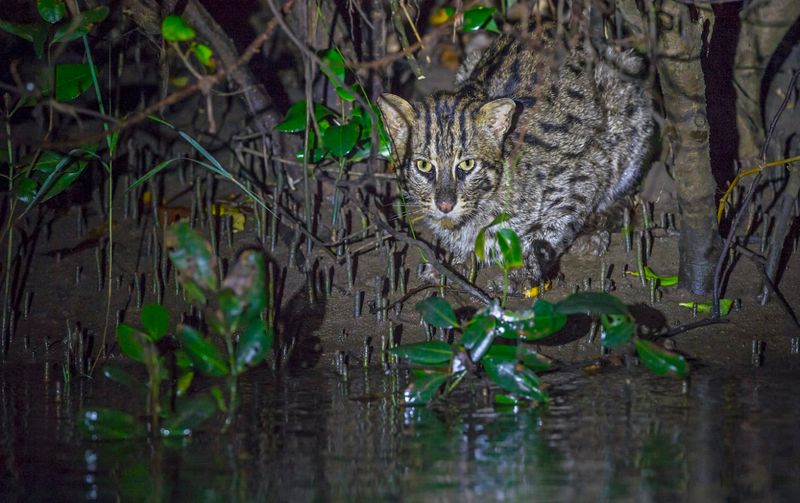
Small but mighty, these spotted felines thrive in Southeast Asia’s wettest environments. Their varied diet includes frogs, fish, and small mammals – perfect for swamp living where prey diversity is key.
What makes them special? Leopard cats can swim across channels between mangrove islands with ease. Their beautiful spotted coats provide excellent camouflage among dappled shadows cast by swamp vegetation.
4. Bayou Hunters: Bobcats
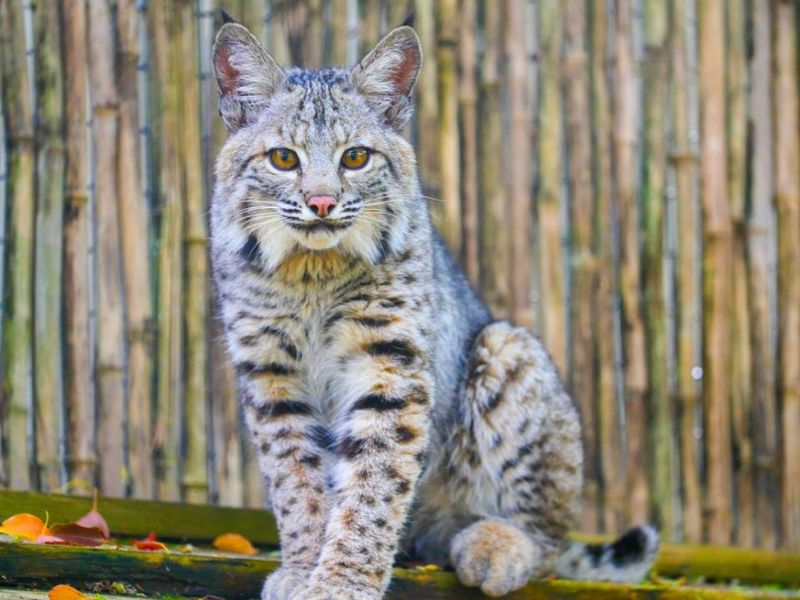
Those tufted ears aren’t just for show! Bobcats use their exceptional hearing to detect prey moving beneath murky swamp waters. These adaptable predators have expanded their territory into southern swamplands despite their typical preference for forests.
Their shorter legs (compared to other wildcats) help them maintain a low center of gravity while navigating unstable swamp terrain. Surprisingly good swimmers when they need to be!
5. Mangrove Monarchs: Jungle Cats
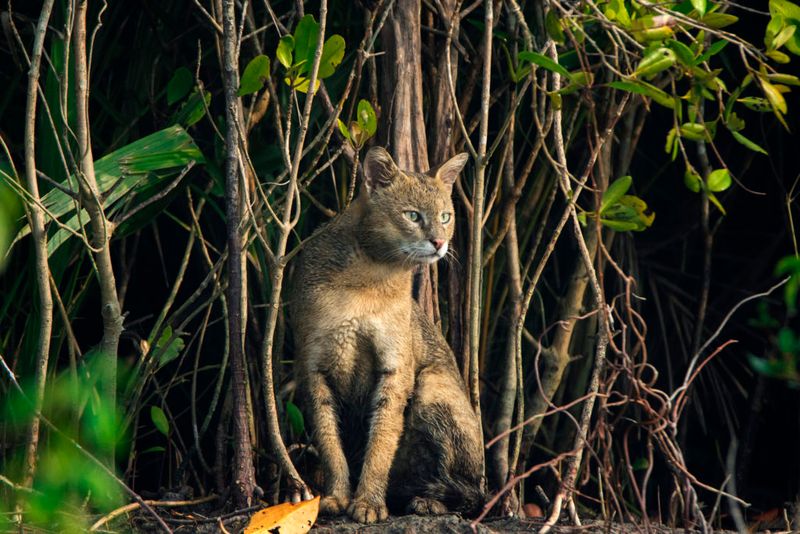
Ever heard of a cat that walks on water? Well, almost! Jungle cats have specially adapted legs and paws that allow them to distribute weight across floating vegetation in swamps.
Found in the Sundarbans mangrove forests, these resourceful felines hunt fish, frogs, and birds. Their yellowish-brown fur blends perfectly with sun-dappled swamp grasses, making them nearly invisible until they pounce.
6. Wetland Warriors: Jaguarundis
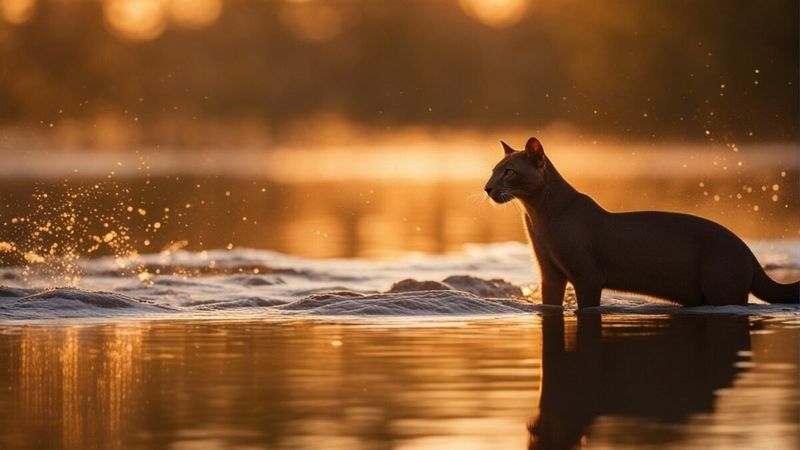
Built like weasels but related to cougars, these unusual cats patrol the edges of Central and South American swamps with remarkable agility. Their elongated bodies allow them to slip through dense swamp vegetation that would stop bulkier predators.
Jaguarundis hunt during daylight hours – unusual for cats – taking advantage of when swamp frogs and birds are most active. Their strange, high-pitched chirps echo across the wetlands.
7. Southern Swamp Kings: Ocelots
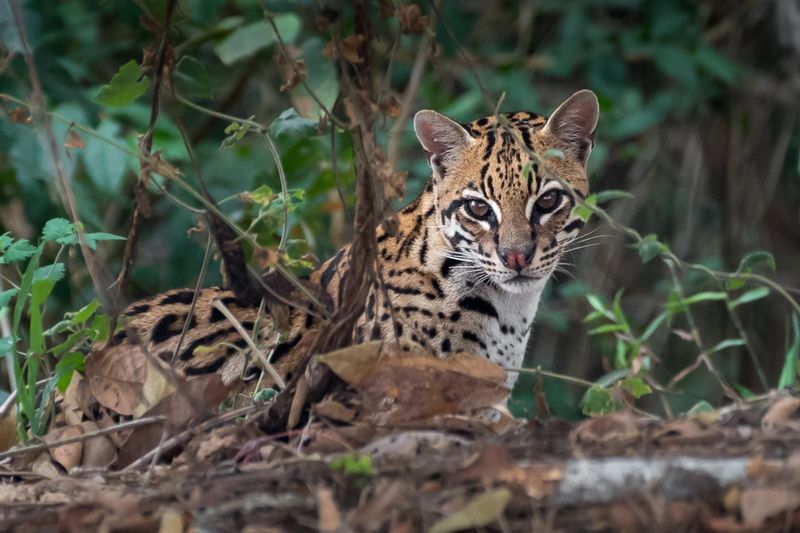
Dressed in nature’s finest spotted coat, these medium-sized cats rule the swamps of the American South with silent precision. Gorgeous markings are more than just aesthetic – they provide perfect camouflage among the dappled shadows of cypress trees.
Ocelots are surprisingly at ease in water, swimming between patches of dry land while hunting. Large eyes allow them to capture maximum light, making them deadly nighttime hunters even in the darkest corners of the swamp.
8. River Royalty: Tigers
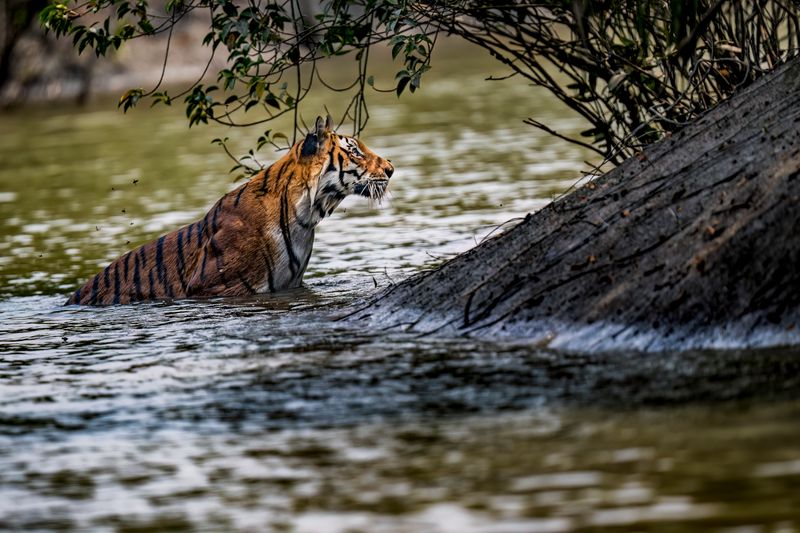
Powerful paddlers who actually enjoy swimming! Unlike most big cats, tigers regularly cool off in rivers and aren’t afraid to cross deep water to pursue prey or establish territory.
In the Sundarbans delta, tigers have adapted completely to life between land and water. They’ve been spotted swimming several miles between islands.
9. Riverside Acrobats: Flat-Headed Cats
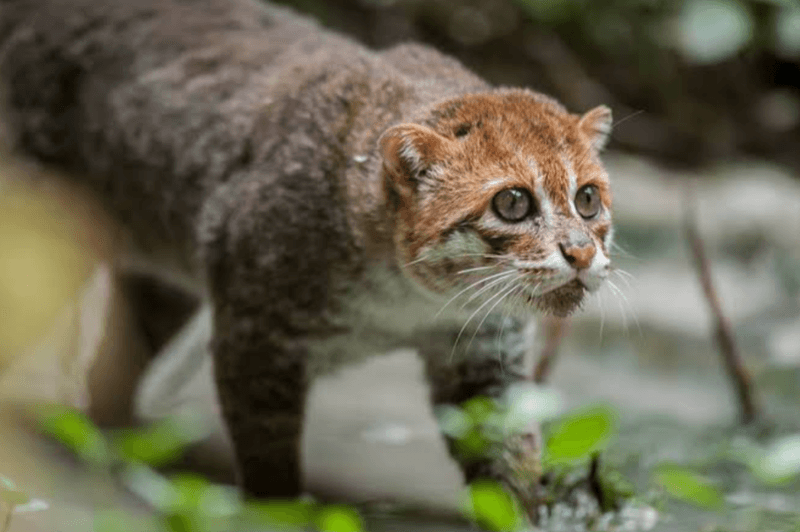
Talk about specialized fishing equipment! These rare felines have forward-facing eyes positioned close together – perfect for gauging the exact location of fish beneath the water’s surface.
Their unusually flat heads (hence the name) create less shadow on the water, making them harder for fish to detect. With extra-long canine teeth designed specifically for gripping slippery prey, these endangered river specialists are nature’s perfect fishing machines.
10. Amazon Anglers: Jaguars
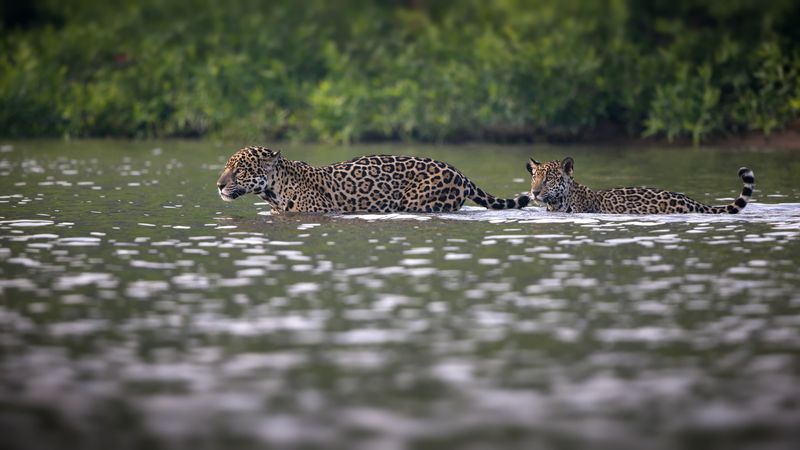
Pound for pound, these spotted powerhouses have the strongest bite of any big cat – perfect for hunting river turtles and caimans along South American waterways. Jaguars don’t just tolerate water; they embrace it!
Muscular bodies propel them through rivers with surprising speed. Local legends call them “river dogs” for their swimming prowess. Their hunting technique? Patrolling riverbanks then launching lightning-fast attacks on creatures coming to drink.
11. Riverbank Stalkers: Pumas
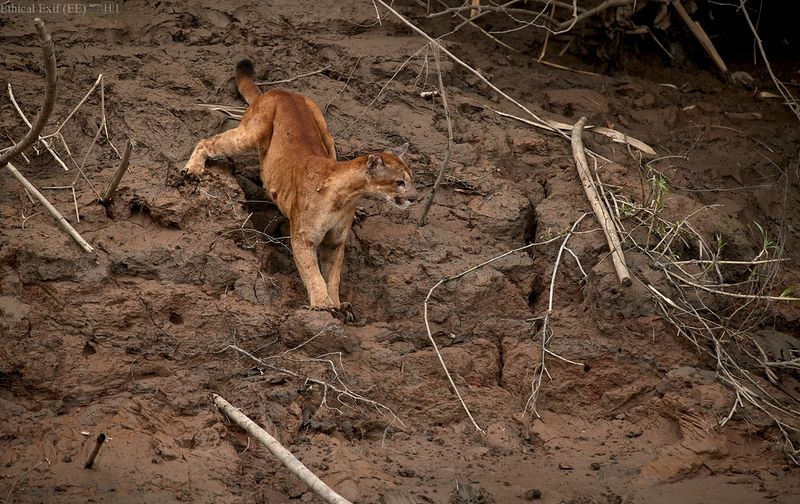
Famous for their incredible jumping ability, these tawny predators use riverbank vantage points to spot prey from above. Mountain lions (as they’re also known) follow rivers through their territory, using them as natural highways.
Their powerful hind legs allow them to leap down onto deer and other animals that come to drink. Unlike some cats, pumas don’t fish but instead use rivers to ambush land animals at their most vulnerable moments.
12. Nile Navigators: African Servals
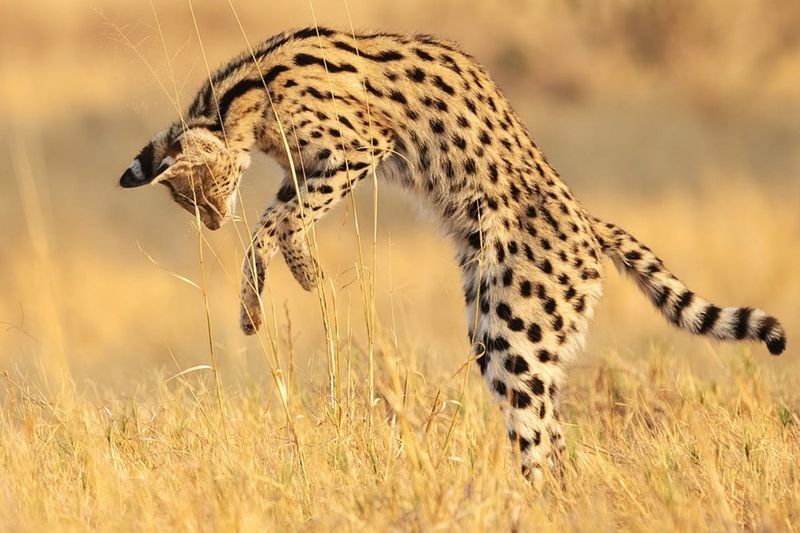
Equipped with the longest legs relative to body size of any cat, these elegant hunters practically dance across marshy riverbanks without getting their feet wet. Their enormous ears can detect the slightest movement of rodents hiding in riverside grasses.
Servals have perfected the art of the pounce, leaping up to 10 feet to land precisely on prey. They’re particularly fond of hunting along the edges of rivers where small mammals come to drink.
13. Himalayan Fishers: Snow Leopards
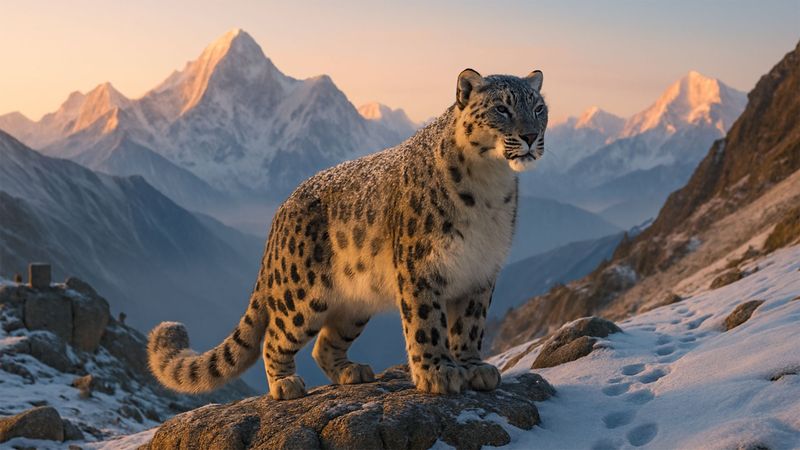
Surprise! These high-altitude ghosts occasionally descend to mountain rivers for hunting opportunities. Their thick fur and wide paws – adaptations for snow – work equally well for navigating slippery riverside rocks.
Snow leopards have been observed catching fish in shallow mountain streams during warmer months. Their powerful tails (almost as long as their bodies) provide perfect balance when leaping between rocks along rushing rivers.
14. Delta Daredevils: Caracals
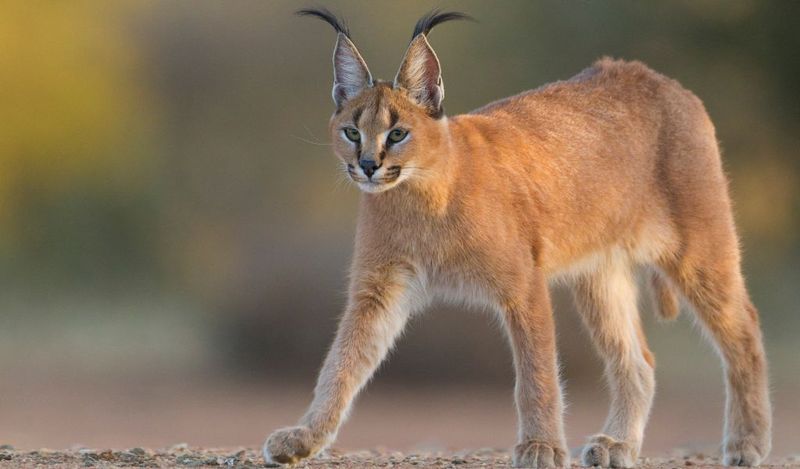
Those distinctive ear tufts serve more than just a stylish purpose! Caracals use them as signaling tools to communicate with other cats across open riverside areas. These medium-sized hunters thrive in bird-rich environments like river deltas.
With explosive jumping power, they can snatch birds mid-flight as they take off from riverbanks. Their reddish coat blends perfectly with the rusty-colored soils found in seasonal riverbeds.






